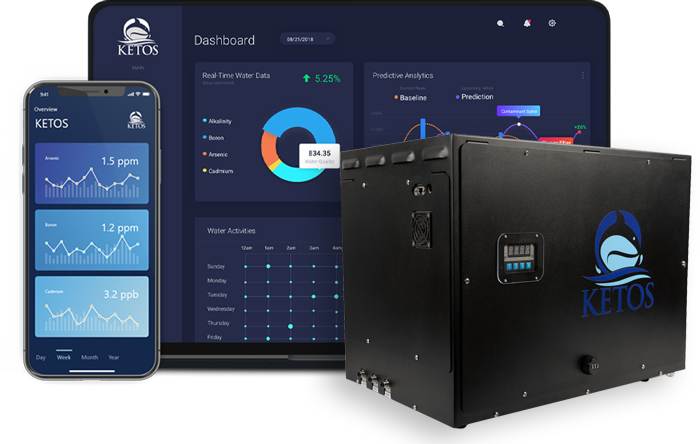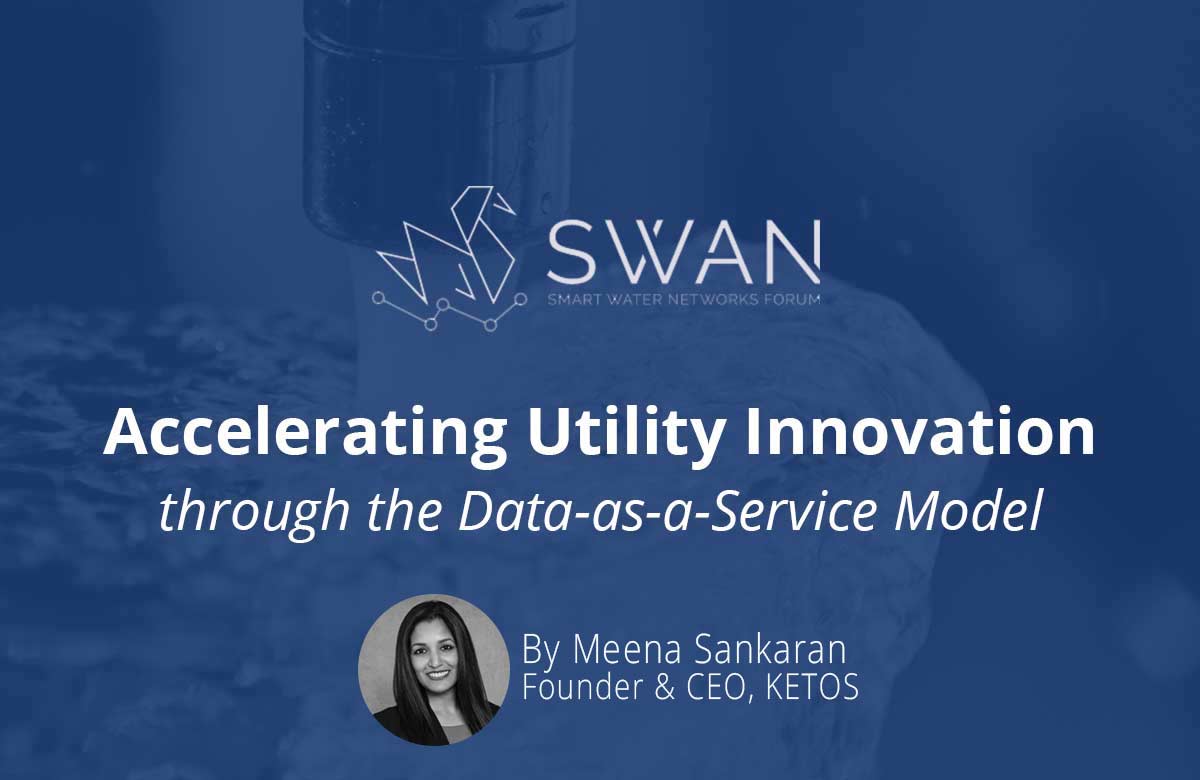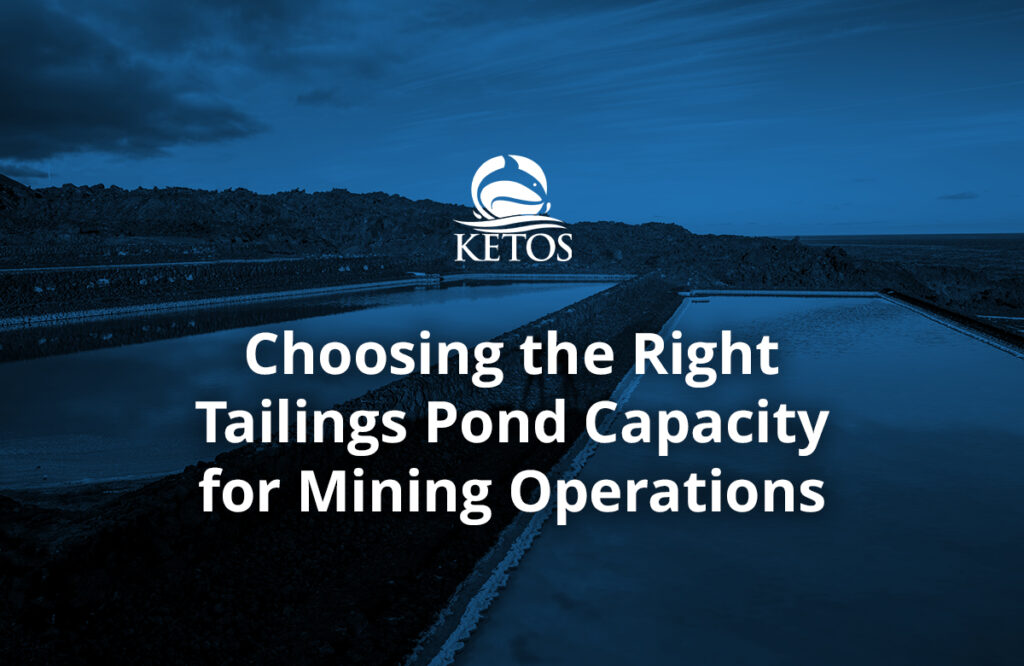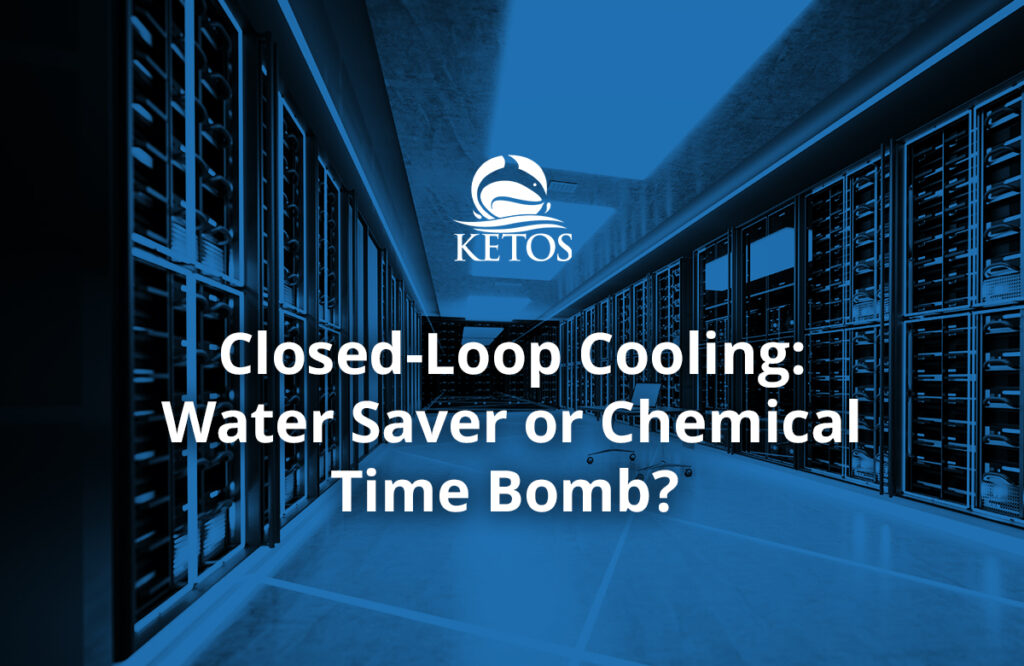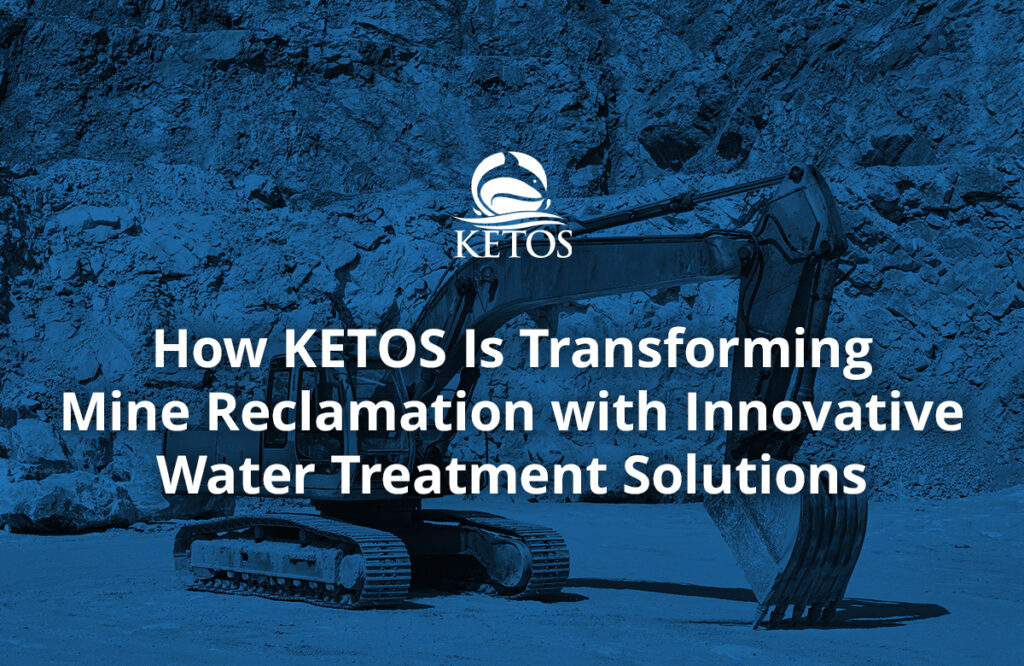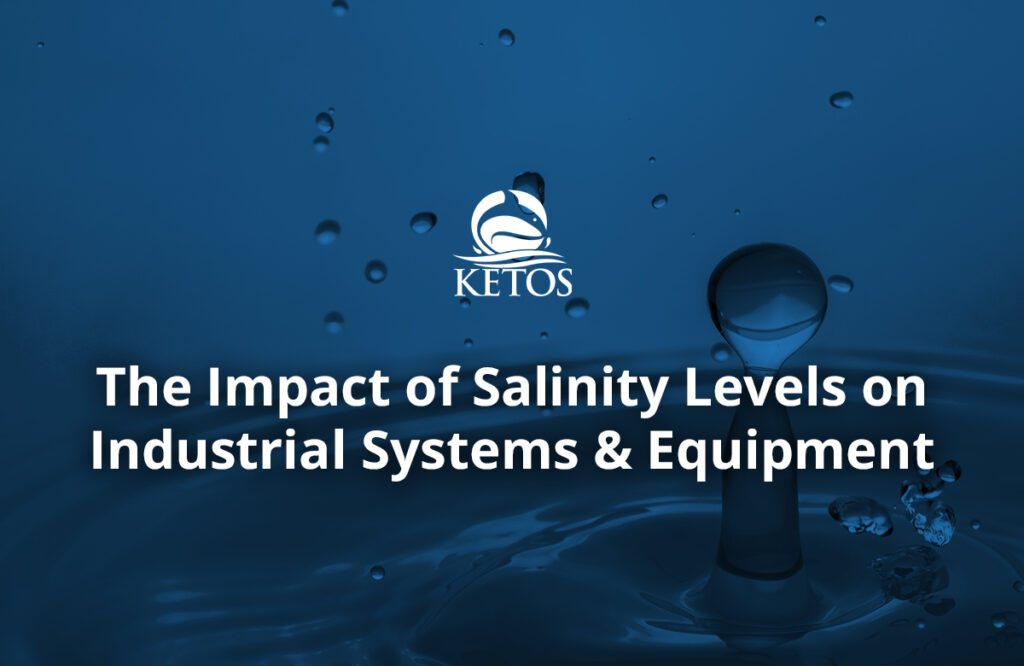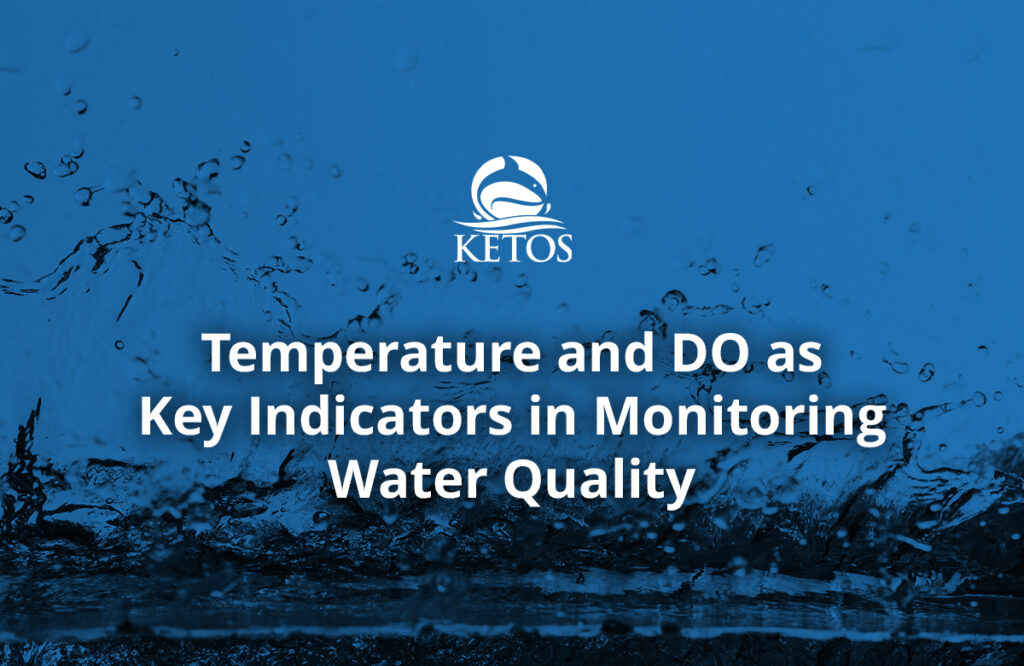The water industry is changing more rapidly than seen before thanks to the digitalization of operations. As water infrastructure modernization gains momentum both from recent government funding bill announcements as well as remote monitoring prominence post-COVID, utilities are looking for ways to acquire meaningful insights that will enable them to meet regulatory targets, respond faster to emergencies, maintain reliable and high-quality water operations, and limit customer complaints.
Enter DaaS
Traditional approaches to driving smart water adoption have relied on outdated and/or ineffective procurement policies, often limiting technology and innovation to large utilities with extensive capital budgets. For water utilities, finding new approaches to data-backed water management such as Data-as-a-Service (DaaS) can enable operators to accelerate their adoption with a low-risk profile.
Rather than older, traditional systems that require high up-front costs and investments in complex infrastructure with extensive labor commitment, DaaS seeks to streamline automation, encourage integration with existing systems, and promote real-time smart water applications by shifting the technology adoption risk from the customer to the solution provider, thus allowing for a joint, aligned vision to realize mutual success. With DaaS, high CAPEX costs and internal personnel demands are reduced as the solution provider’s value is measured based on their ability to perform based on their area of specialization, whether the outcome is a water quality report or a flow monitoring system.
